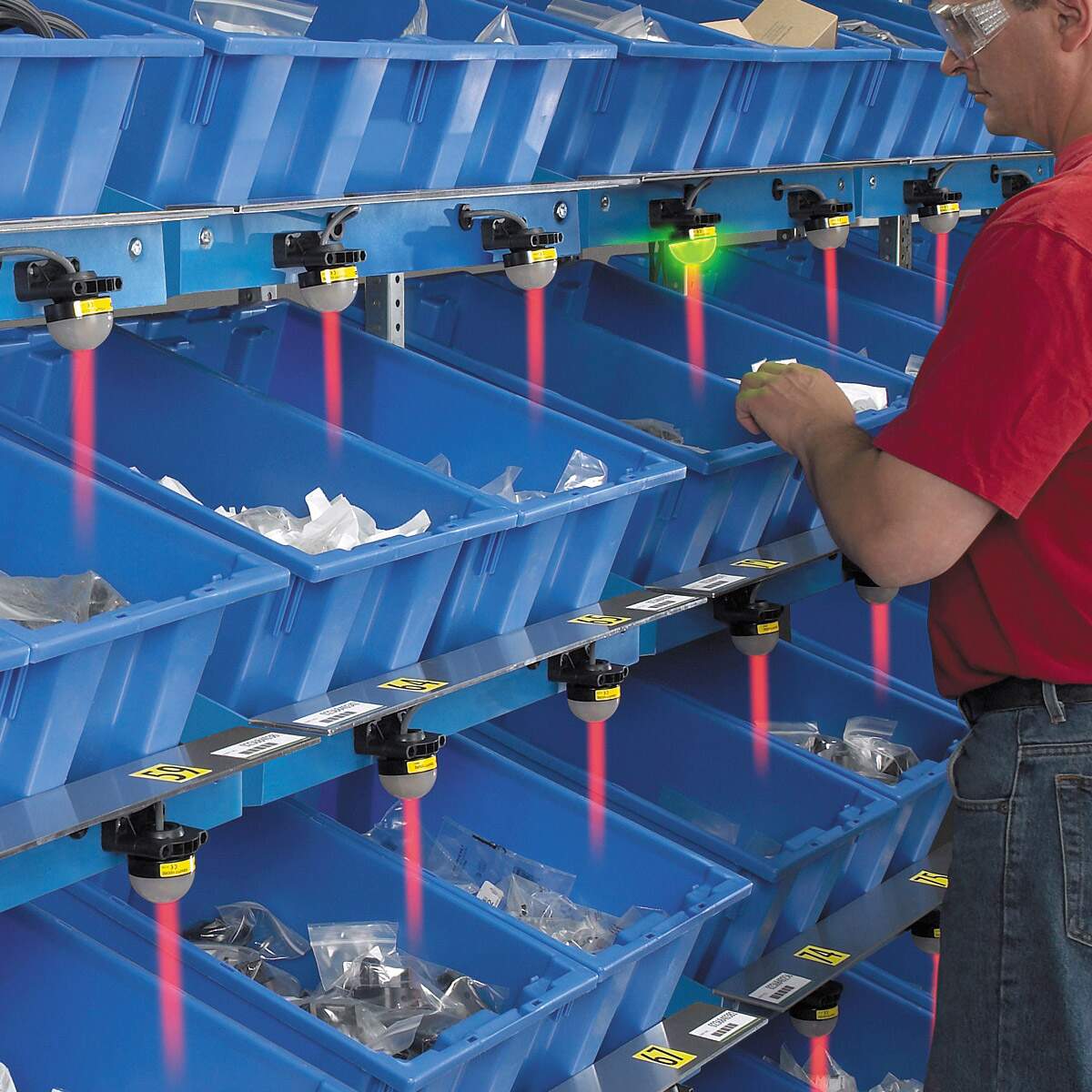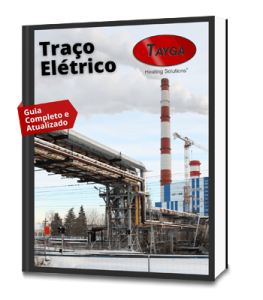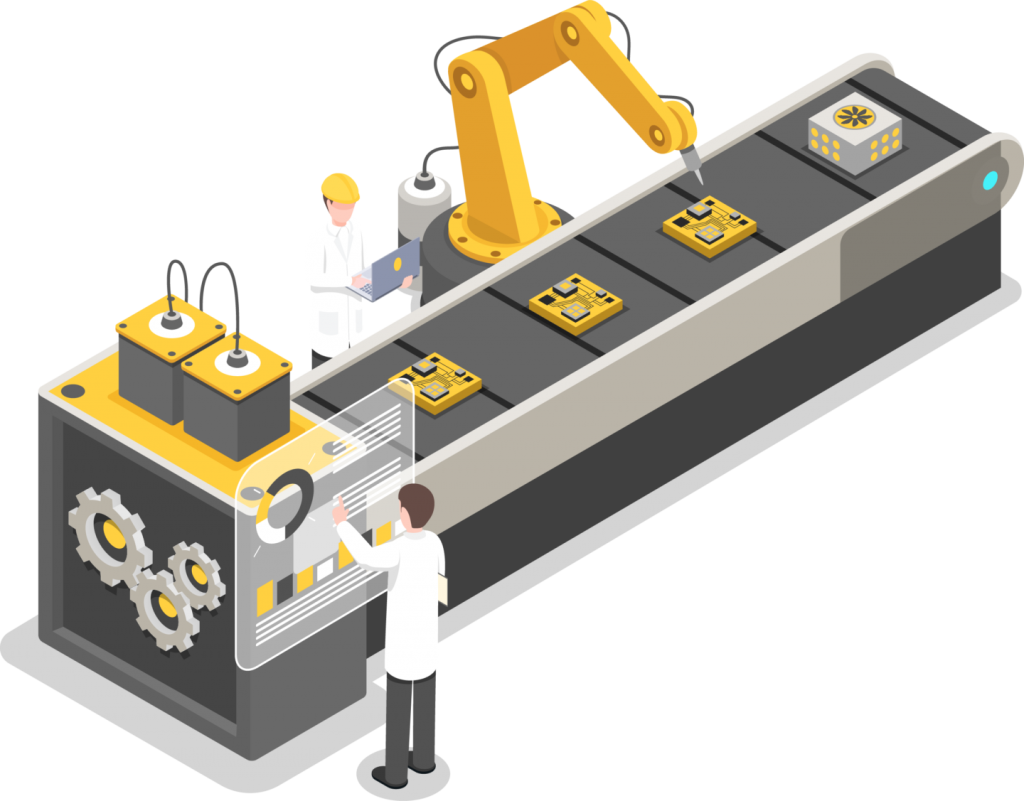“Preventing errors has been one of the main concerns of industries looking for production excellence in the market. THE Poka yoke is one of the most used tools for this purpose.“
 This tool represents a set of procedures that, when performed correctly, can help a company to reduce the occurrence of errors in its production steps.
This tool represents a set of procedures that, when performed correctly, can help a company to reduce the occurrence of errors in its production steps.
The meaning of the expression is “proof of errors” and, thus, you can already have an understanding of what this tool allows for the industry. It is intended to use simple actions to contain or minimize human error in the manufacturing process.
Poka Yoke aims to provide the process with robustness in relation to human errors, avoiding that any failure may occur on the part of the operators. This is the ideal standard to be followed by lean manufacturing and, so, defects can be minimized and industry productivity and efficiency improved.
A brief history …

Poka Yoke originates in Japan, created and formalized by Shigeo Shingo, around 1960, on Toyota (first company to use this concept). Subsequently, was disseminated in companies that sought to improve their manufacturing process.
Types of Poka Yoke
Are 4 ways to implement the tool in a manufacturing process. They have the same purpose: avoid failures. Let's get to know them and understand the different approaches.
• Poka Yoke of Prevention

This is the most usual. Its purpose is to avoid the root cause of the possible error, which can be caused by lack of training, over-activity or lack of organization in the workplace.
An example of this type is to use separate terminals for connecting wires to an electronics assembly line.
• Poka Yoke Detection
Poka Yoke's objective detection alerts the error right after it happens. Detection can be subdivided into a control or warning method.
- Control: The purpose of this method is to interrupt the production process as soon as the fault is found. Thus, requires immediate repair of the problem to continue manufacturing the product or part. Therefore, prevents defects from being passed on, preventing it from damaging an entire production batch.
- Warning: There is no process interruption. Poka Yoke only alerts you via signaling, indicating an error in the process. The signal emitted can be audible, bright, or both.
This model is best used in circumstances that are not critical, that is, the error that is verified will not significantly impact in the short term, not reducing the quality of the product or reducing the added value for the customer.
For example, you can quote the warning lights on a car dashboard. When there is a decrease in the amount of engine cooling oil, the warning light comes on automatically, signaling failure. meantime, in the short term, the car will not stop running just because of the low oil level.
• Poka Yoke of Fixed Value

In this model, it is proposed that there be a specific number of movements to avoid a quality problem or missing part. It is inspired by the historical case experienced by Shingeo Shingo who arranged in a tray all the necessary parts in a certain stage of the assembly of a car.
An example is to arrange all the pieces to be used in the manufacture of a product in the same place. So, when finalizing the product assembly, if any parts are still in place, means an item is missing.
• Poka Yoke de Etapas
This type prevents the realization of an activity in case all the previous steps have not been accomplished in the right order., increasing accuracy and final quality. Ie, seeks to ensure that all steps of a process are being followed in the correct order.

An example that occurs on a daily basis is observed in the simple act of withdrawing money from an ATM. If all steps are not followed in the correct order (insert the card, select the withdrawal option, use biometrics, withdraw the card, etc.), you will not be able to receive the money.
Advantages of Poka Yoke
• Increase productivity
• Reduce Waste and Fatality
• Increase quality
• Efficiency gain
• Reduce expenses with rework
• Increase customer satisfaction (deadline deliveries, quality, etc)
Apprenticeship
One of the great teachings of the Poka Yoke methodology is to precede all kinds of errors. Be proactive. A proactive and prophylactic action can prevent errors from spreading and affecting the final product.

To understand how Tayga can help your industry and learn about our projects, contact from the site (click here), fur e-mail daniel@taygahs.com or at phone and Whatsapp (21) 9.8819-3687
It will be a pleasure to get to know your industry and help with our customized energy efficiency solutions!
If you wanted to know more about heating and insulation solutions for industries, we recommend reading our materials (just click and you will be redirected):

“Meet our e-book on the electric trace system for download here.”


